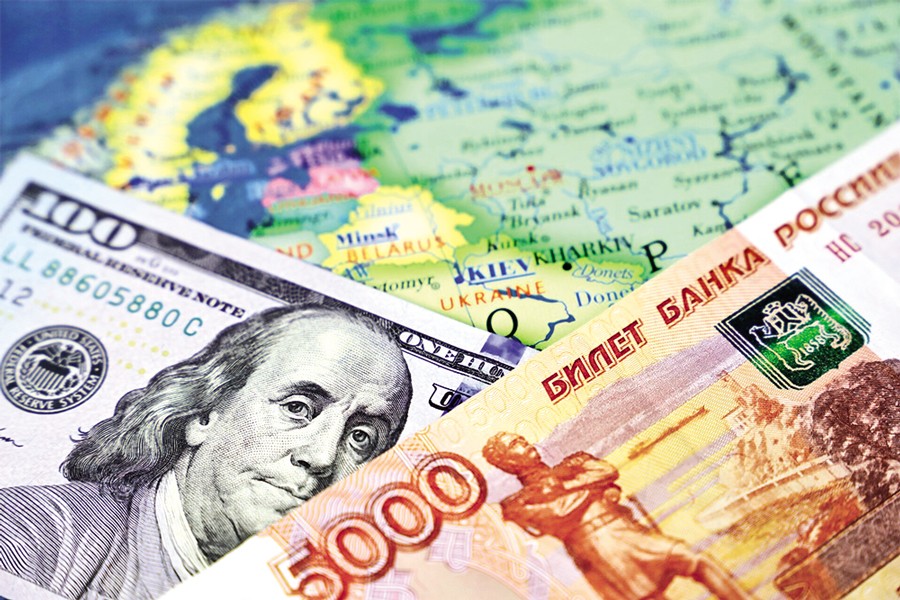
Currency clashes sour Russia’s oil trade with Asia
Tuesday, 28 November 2023

MOSCOW/DELHI, Nov 27 (Reuters): One of Russia's most lucrative oil trade routes since the imposition of Western sanctions over the Ukraine conflict faces a major challenge because of the drawbacks of payment in currency other than dollars, with no short-term solution in sight.
For decades, the US dollar has been the currency of international oil trade and efforts to find alternatives have been thwarted by the difficulties of conversion, as well as political obstacles.
The problems flared when India - which has become Russia's biggest buyer of seaborne oil since European customers retreated - insisted in July on paying in rupees and the trading activity nearly fell apart, according to three sources familiar with the matter.
The sources, who requested anonymity, said the Russian oil suppliers - who also could not be named because of the issue's sensitivity - could not do deals in Indian rupees because of informal guidance from the Russian central bank it would not accept the currency.
One Russian banking source close to the Russian central bank said receiving revenue in a non-convertible currency with little value outside India was "pointless". Russia has limited opportunities to spend rupees as its imports from India are insignificant, another source said.
The Russia central bank did not respond to requests for comment.
Around mid-August, at least two major Russian oil companies threatened to divert around a dozen tankers carrying up to a million tonnes of oil that were heading to India to other destinations, according to two of the sources.
As a temporary solution to the clash involving Indian deals, the cargoes were paid for in a combination of the Chinese yuan, the Hong-Kong dollar as a transition currency into the yuan and the UAE dirham, which is pegged to the US dollar, 10 trading sources and officials told Reuters.
They said, however, the problem remained of finding a viable alternative to the dollar, and that the problems affect buyers in Africa, China and Turkey which have become top buyers of Russian oil.
The biggest issue, however, concerns India, which has been buying more than 60 per cent of Russian seaborne oil, according to LSEG data and Reuters calculations. It is the biggest overall buyer of seaborne Russian crude after China.
The problems are likely to worsen as scrutiny on the trade increases. Washington imposed the first sanctions on owners of tankers carrying Russian oil priced above a Western price cap in recent weeks, the first enforcement of the cap since it was introduced late last year.
Since Western sanctions imposed on Russia in February last year, Moscow has shifted from transactions in dollars and euros, the world's dominant currencies, and is largely locked out of the international banking system.
According to five traders involved, less than 10 per cent of Russia's output of roughly 9 million barrels of oil per day (bpd) is sold in dollars and euros.
The Russian central bank cannot operate in dollars because of sanctions, and while Russian exporters theoretically can use the currency, avoiding it has the advantage of making it harder for the United States and other Western governments to monitor their trade.
The alternatives, however, lead to high levels of risk for both parties to a deal.